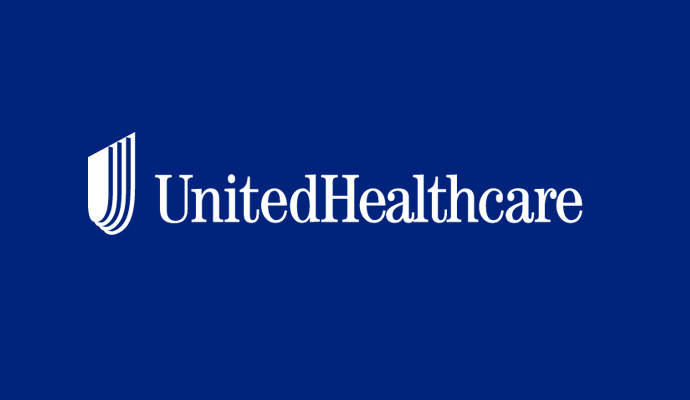UnitedHealthcare Offers Initiatives to Improve Vision, Eye Health
The payer will offer members discounts on laptops and screen filters that help reduce exposure to blue light and support vision and eye health.

Source: UnitedHealthcare Logo
- UnitedHealthcare has announced two new initiatives that aim to help adults and children support their vision and eye health by reducing exposure to blue light from digital screens.
The COVID-19 pandemic has exacerbated the concern about blue light exposure, as individuals’ screen time has increased due to remote work and education. People spend an average of 13 hours per day on a digital device, which can increase the likelihood of digital eye strain, according to an Eyesafe report.
Digital eye strain can result in trouble sleeping, blurred vision, dry and irritated eyes, reduced attention span, irritability, and difficulty concentrating.
UnitedHealthcare is investing in blue-light-blocking products to help members combat the effects of heightened screen time.
The payer is offering UnitedHealthcare Vision plan members a discount of up to 20 percent on Dell XPS laptops that come embedded with screens that block blue light. Plan members can also receive a similar discount to purchase blue light screen filters that they can apply to their current smartphones, tablets, laptops, and computer screens.
UnitedHealthcare members who are eligible for the promotion will receive an email with information about the Dell XPS discount, the payer said. Members can also log in to their account at myuhcvision.com for more information. Individuals can access the screen filter discount by visiting eyesafe.com/filters and using the provided promo code when purchasing the filters.
“Digital eye strain due in part to increased screen time is becoming a more significant issue for many Americans, including professionals working remotely and students using laptops or tablets as part of course curriculum,” John Ryan, chief executive officer of UnitedHealthcare Vision, stated in the press release.
“We are taking a comprehensive approach to help our more than 23 million vision members and people across the country reduce their exposure to blue light, enhancing our whole-person approach to health benefits and vision care.”
UnitedHealthcare is taking steps to address blue light exposure in students as well.
The payer will donate $20,000 to five school districts across the country to help schools support their students and provide the proper technology needed for remote education.
The school districts receiving the funds include Cleveland Metro School District in Ohio, Roanoke City Public Schools in Virginia, Fort Bend Independent School District in Texas, Minneapolis Public Schools in Minnesota, and The School District of Palm Beach County in Florida.
In addition to the donations, the school districts will receive 1,000 blue light screen filters that students can apply to their current devices to help minimize blue light exposure. Reducing exposure to blue light is particularly important for children, as their eyes are still developing, the payer said.
The blue-light-blocking properties for vision plan members and the school districts will be provided by the electronics company Eyesafe, according to the press release.
This is not the first time UnitedHealthcare has prioritized members’ vision and eye health during the COVID-19 pandemic.
In May 2020, the payer expanded access to vision care and permitted members on employer-sponsored health plans or individual health insurance vision plans to browse and purchase eyewear remotely.
In response to increased screen time from remote education, UnitedHealthcare also added benefits to its Children’s Eye Care Program. Dependents under the age of 19 who were enrolled in employer-sponsored plans were newly able to obtain standard and premium anti-reflective coating on eyewear for no additional cost.
UnitedHealthcare’s vision plan received the highest customer satisfaction score in 2021, according to a JD Power report. After satisfaction levels dropped in 2020, they rebounded in 2021 when regular vision care utilization resumed. The payer’s vision plan satisfaction went from 760 points on a 1,000-point scale in 2020 to 769 points the following year.
